- #4100 [JTA], 23-10-03 11:37
- #4099 [329], 23-09-17 21:18??Thx
- #4098 [JTA], 23-09-17 20:01329 師兄,
請在R33 二手市場碰運氣。
^.^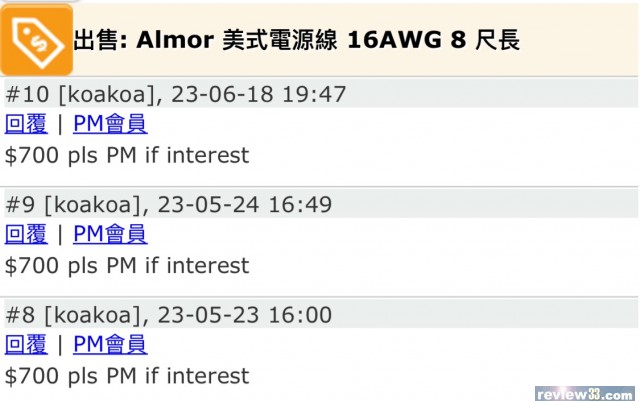
最後修改時間: 2023-09-17 20:05:15 -
- #4097 [329], 23-09-17 17:25請問眾師兄
Almor 電源線 可以在那裏找到? - #4096 [JTA], 23-09-12 22:40
- #4095 [JTA], 23-09-08 16:46#4093
正! - #4094 [Palette], 23-09-08 16:14Mr. Richard S. Burwen, the creator of the famous Cello Audio Palette.
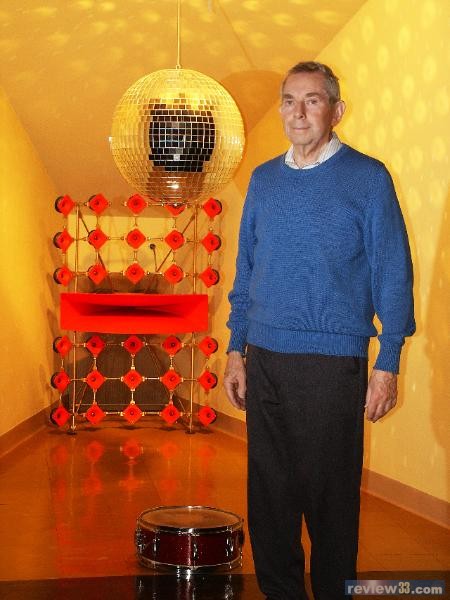
- #4093 [reimyo], 23-09-08 15:57Black rain
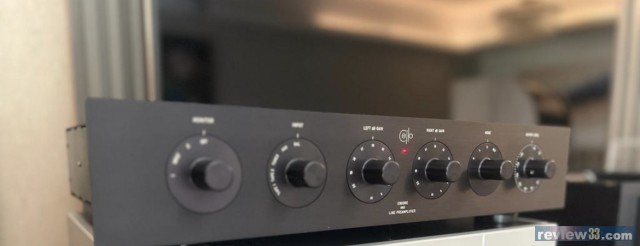
- #4092 [JTA], 23-09-08 11:31
Cello Audio Palette
- #4091 [JTA], 23-09-08 08:59今日落場⛳️機會十分渺茫,一於開機聽音樂!
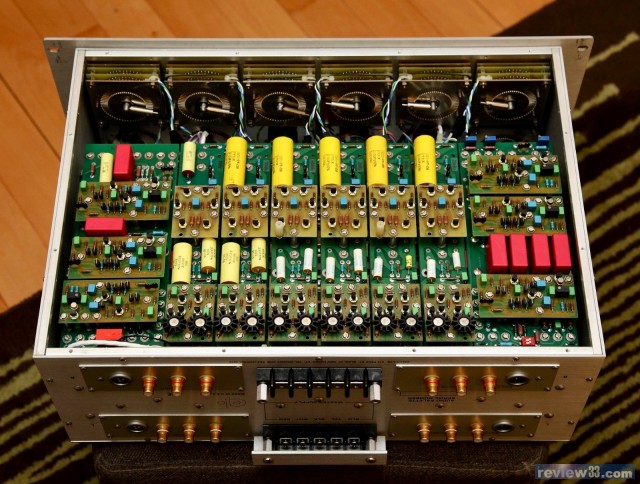
- #4090 [JTA], 23-09-08 08:58☔️☔️☔️☔️☔️

- #4089 [Palette], 23-09-02 19:54
補充少少:
Palette不是preamp
Encore (最早期) 即係301+201
Etude不是preamp,係一個VR制
Palette Preamplifier係唔合格嘅Cello
Cello想買新品(部分,即係Encore),可聯繫Mr Matthew James
https://www.matthew-james.net/
想要新D嘅Cello聲可聯繫Viola Audio,雖然Tom已經走咗。
https://www.violalabs.com/
本地維修Cello,建議悅聲音響,揾陳Sir查詢。
https://www.hifigaga.com/?page_id=87
悅聲音響 7:48 到 11:42
最後修改時間: 2023-09-02 19:57:07 - #4088 [JTA], 23-09-02 18:50各位師兄,晚上好!
Georgebush 師兄,
Hi! 我先撇除了 Cello pre amps 是否匹配 ATM-2211。以下純粹重接駁 PII 及幾款胆級的經驗:
(1) 聲音質素(由高至低排列, 及沒有考慮機上其他附帶的功能)
Audio Suite
Encore 1M ohm Line Pre
Audio Palette
Etude
(2) 性價比較高 (聲音質素及有考慮機上其他附帶的功能): Encore 1M ohm Line Pre
補充,我未用過 Cello Palette Preamplifier
祝你買到心頭好!
^_^ - #4087 [yukclee], 23-09-02 18:01買Encore 唔會後悔。任何一期Encore都是好東西。就算是早期不是1M ohm的都有一批擁躉專收集的。另外Cello 產品有一大好處,就是一定有得整。關於開機,我自己經驗是两日後有八成。七日後就穩定下來進入最佳狀態。當然未必個個想長煲。但可能的話試下煲幾星期研究一下分別。
我自己最喜歡每款Cello的最早期。未必如後期的detail但有其味道。
個人認為最抵買是Palette。你看Palette的内部密密麻麻現在分分鐘十萬不到就買到。Suite有齊P201,301連phono P101或P100就已經貴過佢。但点有佢咁足料。
另外個人意見Suite若果未夾過Palette是未完全聽到Suite的能力。有機會一定要試試。
最後修改時間: 2023-09-02 18:08:17 - #4086 [georgebush], 23-09-02 17:54Thanks Palette! I think I will start with Encore first.
- #4085 [Palette], 23-09-02 17:38最值得買:Palette
最抵買:Performance
財政限制下應該買:Encore (最早期)
一般聽音樂前通電建議, 比信號, 膽15分鐘, 石30分鐘,DAC跟石機,但有部分DAC使用OCOX · TCOX嘅要長少少到穩定工作。
60粒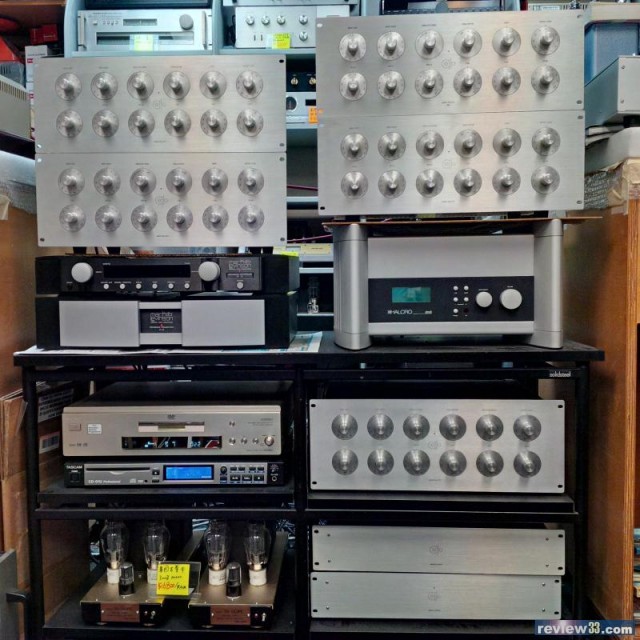
- #4084 [sam2020], 23-09-02 13:53@ter2yc....現在算叫做run in / warm up中!
記得長插電,唔好關機,一個月以後比起你現有的器材會更有驚喜! - #4083 [georgebush], 23-09-02 11:00我都有興趣玩Cello但唔知如果開始. 宜家用緊Air Tight 2211 mono blocks, 只用straeamer入Lampizator Pacific DAC,我應該由passive pre Etude 開始,定係Encore? 定係儲錢買Palette, 希望師兄俾到意見.
P.S. I don't have a pre-amp at the moment. - #4082 [JTA], 23-08-19 23:25MacM 師兄,
不用羨慕,二手市場貨源充足! 我多年前諗住在辦公室及書房砌多兩套音響,不過遲遲未動工⋯一拖就十幾年!哈哈哈!
對,我現時有三台 Suite main flames 及不同期數的 modules.
^_^ - #4081 [MacM], 23-08-19 23:06Jta師兄,好羨慕你這麽多cello收藏品。。。看上去好似有三台suite 喎,是不同期數嗎?
最後修改時間: 2023-08-19 23:07:35 - 下一頁 (4 of 208)
- 返回 ...

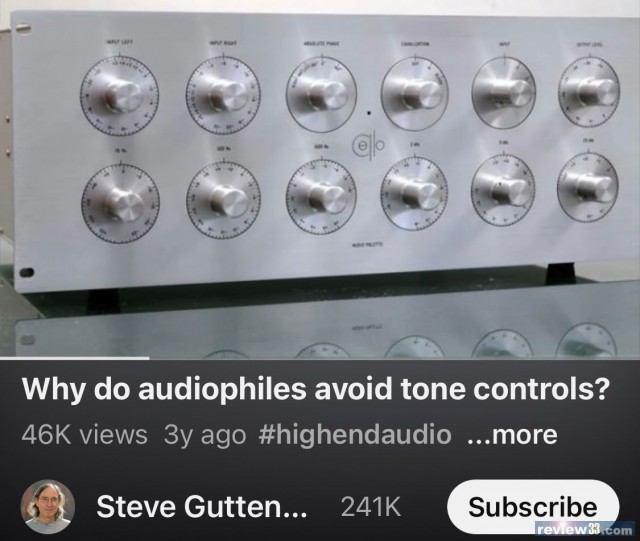
BLOG by Alan Taffel Mar 21st, 2018
https://www.theabsolutesound.com/articles/tas-legacy-cello-palette-equalizer-preamplifier/
The Mark Levinson LNP-2 preamplifier (1973) set new standards for construction quality and performance specifications, while the ML-2 monoblock (1977) forever revised notions of what was sonically possible from a solid-state power amp. But perhaps the most iconic product in Mark Levinson’s storied career is the Cello Palette analog equalizer/preamplifier.
By 1992, when the Palette was introduced, the high-end industry had firmly eschewed built-in tone controls and external equalizers on the grounds that both corrupted signal purity. But the Cello Palette made a radical counter-argument. The ability to alter frequency balance, it attested, is not only beneficial but necessary. After all, every recording has already been EQ’d for at least two specific systems—the ones on which it was monitored and mastered. To the extent that your system differs from those, you aren’t hearing what the artists intended. Further, many recordings have an obviously-skewed frequency balance. Proper playback EQ is the only way to compensate for these realities.
Thus, the problem with “tone controls,” Cello declared, is found not in concept but rather in execution. Bass and treble controls, with their broad, non-overlapping ranges, were inherently crude devices. Equalizers of the day, hardly transparent, were guaranteed to compromise sonics. The Palette addressed both issues. Its six EQ knobs altered carefully chosen, mildly overlapping frequency spans (centered at 20Hz, 120Hz, 500Hz, 2kHz, 5kHz, and 20kHz) designed to allow judicious, musical results. As for sonic quality, the design featured Litz grounding wire, a solid-copper/nickel-plated ground plate, and an unusually high (1 mega-ohm) input impedance that enabled lower distortion and more consistent performance from differing source components.
The proof of the Palette’s philosophy and execution can be found in its enduring success. Despite a price tag of $6500 (plus $2000 for a phonostage)—a hefty sum in 1992—the unit met with rave reviews and robust sales. Today, good samples, if you can find them, run several times that amount. The reason is simple: Before the Palette, there was never a product like it—and there hasn’t been one since.